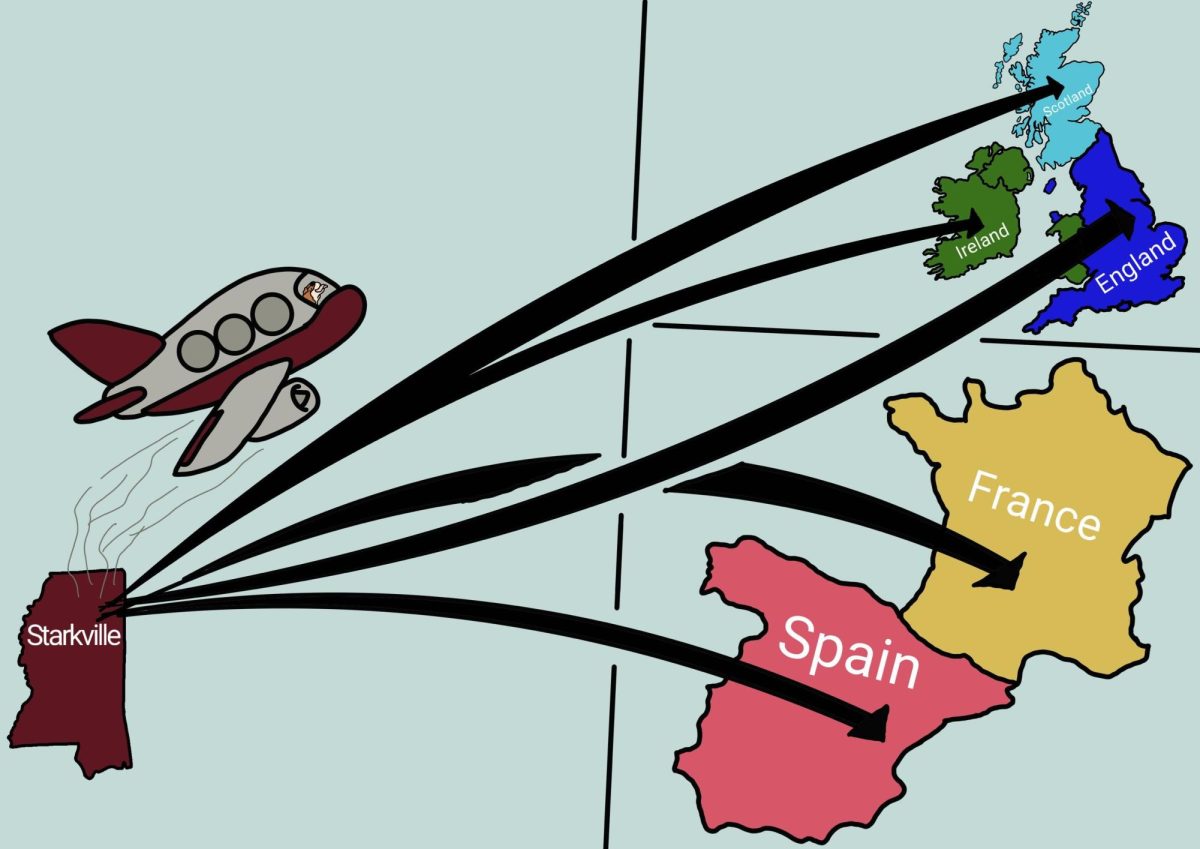Barbershops, backwoods churches, late-night parties and field work — these are the images that defined, and divided, Mississippians in the days of the Jim Crow South. In “Representing Race in New Deal Photography,” Pulitzer Prize-winning author Eudora Welty and others document the two separate lives led by black and white Mississippians in the early 20th century. On display now at the McComas Art Gallery on the Mississippi State University campus, students, faculty and visitors can see a variety of striking photography and maybe gain some insight into Mississippi’s not-too-distant past.
Eudora Welty, traditionally known for her role in Mississippi literature, exhibit for her eye for photography and for the intimacy she had with her subjects.
“In taking all these pictures, I was attended … by an angel, a presence of trust. In particular, the photographs of black persons by a white person may not testify soon again to such intimacy. It is trust that dates the pictures now, more than the vanished years,” Welty said.
Most of the photos (if not all) in the McComas Gallery are Depression-era photographs, taken for the Works Progress Administration, to document the conditions of life during the Great Depression. Eudora Welty has said her time as a photographer for the WPA was pivotal to her development as a writer.
Whitten Sabbatini, a senior art major and one of a number of art students managing the gallery, said he, as a photographer, is inspired by the honesty and openness these photographs elicit from their subjects.
“It’s just wonderful to see what she (Welty) did and why she did it. Her ability to document the culture really makes the exhibit,” Sabbatini said.
Another senior art major at the exhibit, Peter Hammond, said Welty’s photography has always been interesting to him. Hammond, a Jackson native, said he grew up a few blocks away from where Eudora Welty lived.
“My mom would always point her out at the grocery store,” Hammond said.
When asked about the gallery, Hammond said, “I like that it represents Jackson … it shows Jackson in the Depression era and provides insight into the trials and tribulations of African Americans in the Depression.”
In Welty’s non-fiction account of the start of her writing career “One Writer’s Beginnings,” Welty discusses the impact the WPA photographs had on her life.
“The frame through which I viewed the world changed too, with time,” Welty said. “Greater than scene, I came to see, is situation. Greater than situation is implication. Greater than all of these is a single, entire human being, who will never be confined to a single frame.”
The “Representing Race in New Deal Photography” exhibit is open from 9 a.m. until 4 p.m. Monday through Friday (with the exception of Tuesday 1 to 3 p.m. and Friday 12 to 1 p.m.). The exhibit is on display until Oct. 28, all visitors are welcome and the event is free.
Eudora Welty, others exhibit New Deal photographs
Donate to The Reflector
Your donation will support the student journalists of Mississippi State University. Your contribution will allow us to purchase equipment and cover our annual website hosting costs.




















































































